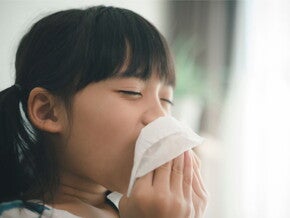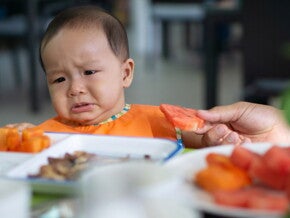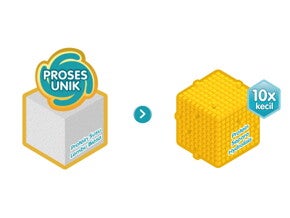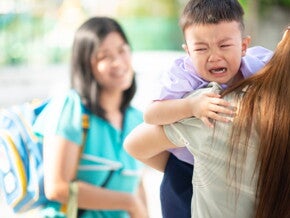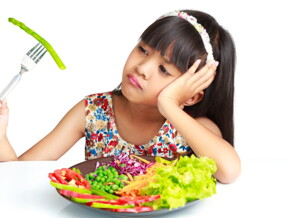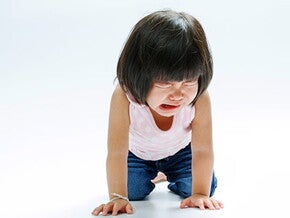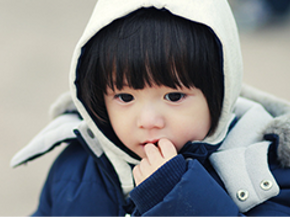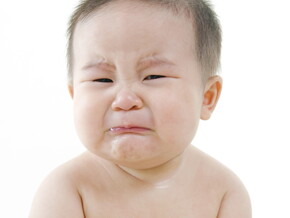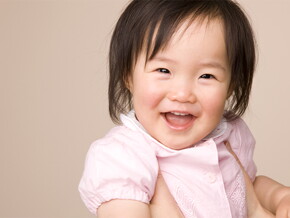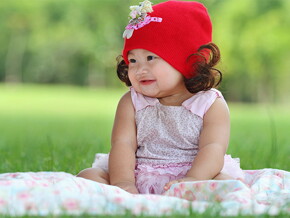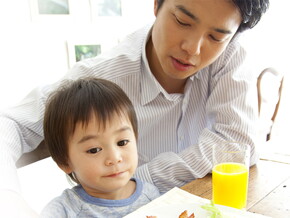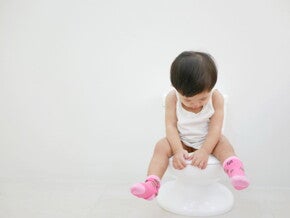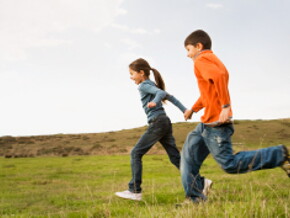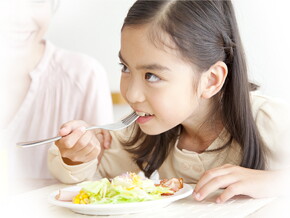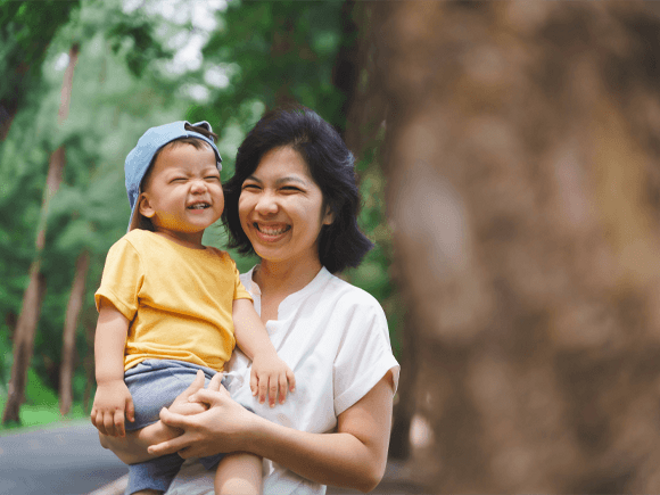
What are the early signs of allergies in children and how can I manage the symptoms?
Minor sensitivities may appear as minor discomforts ranging from rashes, itchiness, bloating and upset tummy in children. These may all be early indicators of allergies. It is important for parents to identify these early signs and to take action before they progress into full-blown allergies. You can start by switching to a hypoallergenic formula milk like NANKID OPTIPRO HA 3. It is formulated with Gentle Protein*, that is 10x smaller versus regular cow’s milk protein so that it is easy to digest and thus, helps to minimise sensitivities in children.
How can you tell if your child has allergy symptoms?
It’s crucial to always be on high alert for your child’s symptoms. Symptoms can give the doctor a clue into the type of allergen your child is exposed to as different allergens have different symptoms. Do note that even with these symptoms, your child may not have a childhood allergy. It is always best to have your child tested. Having a good record of symptoms is a good start.
- Itchy, watery, red or puffy eyes
- Difficulty in breathing such as wheezing, shortness of breath or coughing
- Puffed up or itchy lips/ tongue
- Vomiting, constipation, diarrhoea
- Runny, blocked or itchy nose
- Discomfort from sinuses, headache or sore throat
- Hives, allergy rashes or eczema, usually affecting the hands, inside of elbows, back of knees, face and scalp.
- Milk rash or raised red bumps of skin (more commonly known as ruam susu)
What causes allergy symptoms?
Almost anything can be an allergen. When substances in the environment cause an allergic reaction in someone, they are known as allergens. For example, a childhood allergy can be caused by allergens from food.
What are the common allergens affecting children?
Common allergens affecting children include:
- Foods: Seafood, peanuts, eggs, dairy products (this should not be confused with lactose intolerance)
- Pollens from tree and plants, insect bites or stings.
- Animal hair or fur. These can commonly come from pets at home.
- Perfume and cigarette smoke.
If you suspect your child has a childhood allergy, you should get your child tested by the doctor for allergy treatments. Keep a good record of possible triggers for your child’s allergic reaction and its related symptoms.
How do you treat allergy symptoms?
If your child appears to have a severe case of allergy, you should make a visit to the doctor. Your regular doctor should be able to provide you with the right medical advice for allergy treatment depending on the severity of the allergy. In most cases, before your child receives an allergy treatment, your child will be given an allergy test which can be done as a skin test or an allergy blood test.
Once diagnosed with allergy, you child may receive some of these common treatments:
- Antihistamines
- Emollients or moisturising creams
- Steroids
- Adrenaline
Other treatments may include:
- Antibiotics
- Immunotherapy
How long does the allergy treatment last?
Your child may look and feel better but when the medication is removed, it may cause the symptoms to reappear or escalate. Always follow the treatment and use the medication as prescribed by your doctor.
What can you do about it in the meantime?
The risk of allergies can be reduced. The best outcome comes from an early diagnosis. As family history plays a crucial role determining the risk of allergy, the first step, and perhaps the most fundamental, is to look into parental history. You can also have your healthcare professional perform an allergy test for your child. Remember that your child is growing and the environment your child grows and plays in may also change. Treatments that have worked before may not work now. Periodically review with your doctor your child’s symptoms and reactions. If a change in treatment is warranted, your record and observations will help the doctor in reviewing the treatment that is suitable for your child.
Did you know?
Minor sensitivities in children like itchiness, rashes, upset tummy and bloating are all early signs of allergies. The right proteins in your child’s diet can help minimise these bodily discomforts. NANKID OPTIPRO HA 3 uses Gentle Protein*, which are cow’s milk proteins broken through a unique NESTLÉ process so that they are 10X smaller. This makes the proteins easy to digest and less likely to trigger allergic reactions or minor sensitivities in children.
With NANKID OPTIPRO HA 3, you can let your child feel the world, free from discomfort.
NANKID OPTIPRO HA 3 contains Partially Hydrolysed Protein, 50mg of DHA & ARA** and 100 million BIFIDUS BL beneficial bacteria**
*Refers to Partially Hydrolysed Protein **per 100g of milk powder








